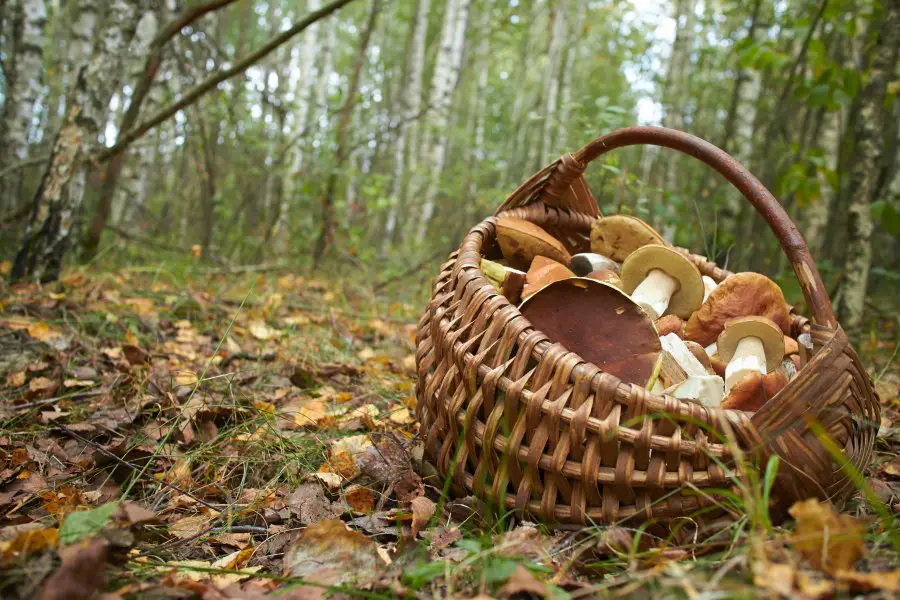What’s Urban Foraging And How Do You Get Started?
Tags: opinion

Our urban landscape, no matter how much filled with concrete it might be, still offers us many surprises. Urban foraging is the practice of identifying and collecting wild foods like plant roots, tree nuts, mushrooms, and flowers growing freely around an urban center. While most citi-zens are unaware of their own surroundings, foraging for food in their own locality can help them learn more about the environment, food justice, and even about climate change.
A research geographer for the U.S. Forest Service Northern Research Station, Marla R. Emery has been documenting how various communities forage for food. Emery’s study focused on Baltimore, the Black communities in Atlanta, and immigrant communities around the globe.
“Foraging is basically a universal and ubiquitous practice,” Emery said. “And that includes foraging in cities. We’ve identified [foraging] basically on every continent.”
Even on social media platforms, urban foraging has been trending along with related searches for #goblincore and #cottagecore. The younger generation is eager to learn new recipes to make the most of their foraging efforts. Among the older peeps is Steve Brill, a decades-long foraging enthusiast and teacher. This 71-year-old teacher takes online urban foraging classes around NYC and even has many books to his name.
Urban foraging, or foraging for food in general, can start from nutritional needs, curiosity about a new trend, or just the nudge environment lovers feel. You too can join this bandwagon and contribute to your well being. Here’s how:
Urban Foraging Step One: Do Your Research
How do you know which berry is safe to consume and which ones can send you to the ER? Unless you’re an expert, you need to dedicate some time to research your local flora and fauna. For wild edible foods in your state, you can check regional field guides. Or you can try Brill’s Wild Edibles where you will find a list of common edible plants, ways of identifying, and even recipes. The California Academy of Sciences and National Geographic Society has the iNaturalist app for further information.
Hey, are you enjoying our content? Want to see also some thought-provoking videos from Truth Theory? We are on YouTube, make sure you subscribe to our YouTube channel, click HERE
If you go deeper, you can find some free or donation based hand-on classes offered by your city. Brill shares some pieces of advice like sticking to easily identifiable plants like dandelions, garlic mustard, and violets. When it comes to foraging mushrooms, the safe four are morels, chicken of the woods, giant puffballs, and chanterelles. You can use other items that can’t be cooked as tea infusers, and syrups.
Location Of Foraging For Food
Cities are infamous for their pollution levels and that is something you need to keep in mind while foraging for food. Stick to locations with low pollution levels. Avoid areas near heavy car traffic or sources of agricultural runoff like farm fields, orchards, and factories. The best places for urban foraging are large parks, wooded forests, and thickets. You can always start some place closer to home, like your lawn and neighborhood. Learn local regulations and be discrete in your pickings.
Right Tools For Urban Foraging
If you are ready to start foraging for mushrooms, flowers, and other edibles near you, you should carry the following tools:
- Reusable bags and baskets big enough to carry your haul
- Small containers for items like berries and salad flowers to keep them intact
- Foraging for mushrooms is great fun, but you need to carry them in paper bags to keep them from rotting.
- Carry a knife or shears to cut roots and other parts.
Apart from these basic items, you might need some specific tools for your locality. Make sure you have your safety gear in place and keep plenty of water with you. And it is always better to forage in groups instead of getting lost alone!
Image Featured: strelok
Leave Comment: